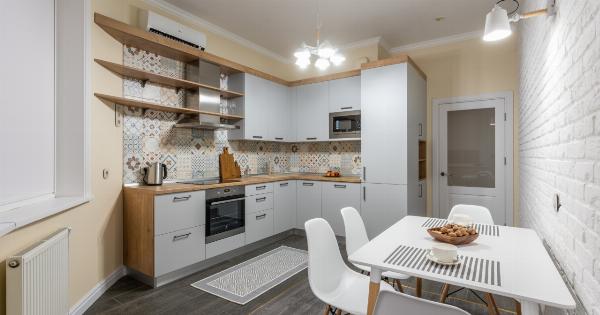Inactivity can lead to a host of health issues, from weight gain and muscle loss to heart disease and diabetes. But walking is one of the easiest and most effective ways to combat the negative effects of a sedentary lifestyle.
Here are three easy walks that can help you get moving and reverse the effects of inactivity.
1. Brisk Walk
A brisk walk is a great way to get your heart rate up and burn some calories. A brisk walk is a moderate-intensity activity that raises your heart rate and breathing but allows you to carry on a conversation.
To do a brisk walk, start with a warm-up by walking at a comfortable pace for five minutes. Then, increase your pace so that you are walking at a brisk pace. You should be breathing harder and your heart rate should be higher.
Try to maintain this pace for at least 30 minutes. Then, slow down your pace for a cool down, walking at a comfortable pace for five minutes.
Try to do a brisk walk at least three times a week. As you get fitter, you can increase the duration or intensity of your walk.
2. Hill Walk
A hill walk is a great way to challenge your muscles and boost your calorie burn. Walking uphill requires more effort and engages your glutes, hamstrings, and calves.
To do a hill walk, find a hill or incline in your area and start with a warm-up by walking on flat ground for five minutes. Then, start walking uphill at a moderate pace.
As you reach the top of the hill, slow down your pace and walk downhill, taking care not to jar your knees. Once you reach the bottom of the hill, repeat the uphill and downhill walks for at least 30 minutes. Then, slow down your pace for a cool down, walking at a comfortable pace for five minutes.
You can also use a treadmill or stair stepper to do hill walks if you don’t have a hill in your area. Try to do a hill walk at least once a week to challenge your muscles and burn more calories.
3. Nature Walk
A nature walk is a great way to de-stress and improve your mental health. Walking in nature has been shown to lower cortisol (the stress hormone) and improve mood.
To do a nature walk, find a local park or nature trail and start with a warm-up by walking at a comfortable pace for five minutes. Then, start walking through nature, taking time to observe your surroundings and appreciate the beauty of nature.
Try to walk for at least 30 minutes, then slow down your pace for a cool down, walking at a comfortable pace for five minutes.
A nature walk is a great way to disconnect from technology and connect with nature. Try to do a nature walk at least once a week to reduce stress and improve your mental health.
Conclusion
Walking is a simple and easy way to combat the negative effects of inactivity. By doing a brisk walk, hill walk, or nature walk, you can improve your cardiovascular health, challenge your muscles, and reduce stress.
Try to incorporate these easy walks into your weekly routine to get moving and feel better.






























